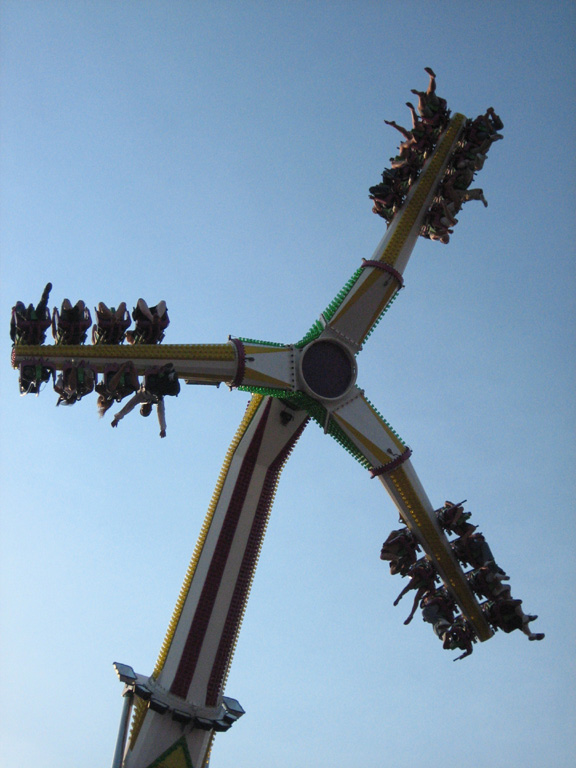My apologies for the belated posting. The deadline for the September/October issue took precedence.
Thank you to all who submitted entries for this month's contest! We enjoyed reading them.

Congratulations to
Sam Yang, who now has the choice of two recently published books! If you want to earn that choice, then write an original 500-word short story about birds, birding or birders that includes a setting, a character or characters, a conflict and a resolution. Also, the birds cannot be anthropomorphized.
The next deadline is
Aug. 1. I hope to
hear from you!
Now, here's Sam's winning entry for First Friday, "Winter Cemetery." Enjoy!Winter had come early this year. No one knew why; it just had.
It was one of those freak phenomena that Cliff hated. He hated winter. He hated the white blanket that it threw over the bustling woodland life that he loved so much. The muffling crunch and all the silence that it cast over his beloved valley -- it seemed so... dead.
At least, that’s what it seemed like, as he sat at his table, hot chocolate clutched between his hands, his eyes gazing wistfully out the foggy windows. Through the frame of frosty ferns and trees lay what people liked to call a winter wonderland.
Yeah, right, Cliff muttered in his mind,
more like a winter cemetery. Suddenly, a flash of russet beckoned for his attention.
Surprised, he looked at what he had thought was a dead leaf, tracing, against the blinding snow, the form of a bird. He only had time to drink in the graceful curves and a delicate head, balanced over the pristine snow banks. Then it was gone, a flurry of wings carrying it aloft into the backdrop of dreary woods.
Unable to resist the tantalizing thought of a bird in this barren winter, Cliff donned his parka and trekked out, tuning out the crackles and pops of the snow beneath his boots. He scanned the sylvan vista, cloaked in the tendrils of winter’s icy grip, and just had time to glimpse a palette of beige and sienna before seeing it flip behind the frosted landscape.
Gently, he stole behind the outcropping and finally found his grail. It was a hermit thrush, a bit out of place, caught by the sudden winter.
Like me, he chuckled to himself, taking in the spangle of stars on its breast, the red stained glass of its tail.
The thrush fluffed its feathers, shielding itself from the brisk zephyrs swirling around him. Dazedly, it looked around through ink-black eyes at the changed world. A fluttering snowflake landed on its beak, and Cliff chuckled as the thrush shook its head to get rid of it.
Cliff watched it dip behind an outcropping, slicing like a leaf toward a new destination. Held in the bird’s spell, he once again followed to its new perch, looking in unrestrained awe at the tiny form, pasted in a perfect symphony of curves and color on the tip of a verdant pine branch.
We both may be caught in the winter, he told himself,
but he’s taking it a lot better than I am.Laughing at his life lesson from a bird, he gave the bird its solace in the wintry world it called home. Cliff, however, returned to his home, a crackling fire waiting for him. Somehow, though, the winter cemetery that lay out of his window didn’t seem so dead anymore.
And just outside of the corner of his eye, a flash of frosty blue beckoned for his attention...
Labels: contest, First Friday














